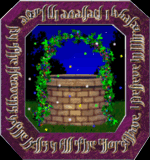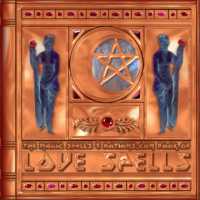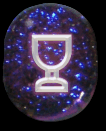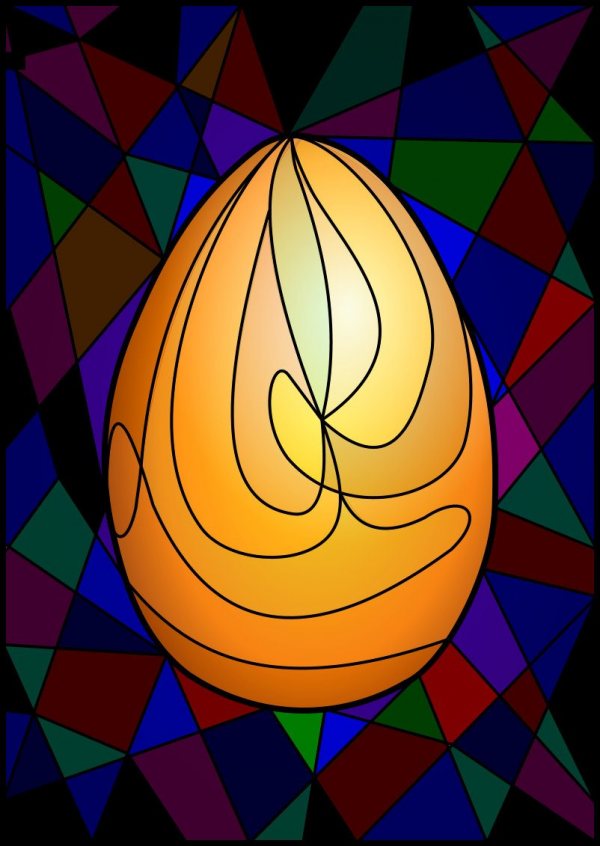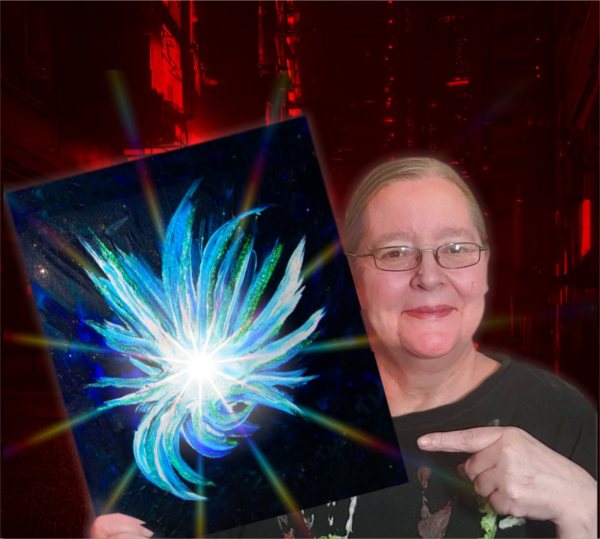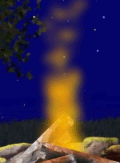Daffodil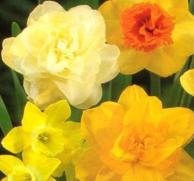
The chemical principles of the Daffodil have not been investigated; but a yellow volatile oil of disagreeable odour, and a brown colouring matter, have been got from the flowers. Arabians commended this oil to be applied for curing baldness, and for stimulating the sexual organs.
Added Jul 3, 2010
| 7,269 Reads
The yellow Daffodil, which is such a favourite flower of our early Spring because of its large size, and showy yellow color, grows commonly in English woods, fields, and orchards. I ts popular names, Daffodowndilly, Daffodily, and Affodily, bear reference to the Asphodel, with which blossom of the ancient Greeks this is identical. It further owns the botanical name of Narcissus (pseudo-narcissus)—not after the classical youth who met with his death through vainly trying to embrace his image reflected in a clear stream because of its exquisite beauty, and who is fabled to have been therefore changed into flower—but by reason of the narcotic properties which the plant possesses, as signified by the Greek word, Narkao, "to benumb." Pliny described it as a Narce narcisswm dictum, non a fabuloso puero. An extract of the bulbs when applied to open wounds has produced staggering, numbness of the whole nervous system, and paralysis of the heart. Socrates called this plant the "Chaplet of the Infernal Gods," because of its narcotic effects. Nevertheless, the roots of the asphodel were thought by the ancient Greeks to be edible, and they were therefore laid in tombs as food for the dead. Lucian tells us that Charon, the ferryman who rowed the souls of the departed over the river Styx, said: "I know why Mercury keeps us waiting here so long. Down in these regions there is nothing to be had but, asphodel, and oblations, in the midst of mist and darkness; whereas up in heaven he finds it all bright and clear, with ambrosia there, and nectar in plenty." In the Middle Ages the roots of the Daffodil were called Cibi regis, "food for a king,"; but his Majesty must have had a disturbed night after partaking thereof, as they are highly stimulating to the kidneys: indeed, there is strong reason for supposing that these roots have a prior claim to those of the dandelion for lectimingous fame, (lectus, "the bed"; mingo, to "irrigate"). The brilliant yellow blossom of the Daffodil possesses, as is well known, a bell-shaped crown in the midst of its petals, which is strikingly characteristic. The flower-stalk is hollow, bearing on its summit a membranous sheath, which envelops a single flower of an unpleasant odour. But the Jonquil, which is a cultivated variety of the Daffodil, having white petals with a yellow crown, yields a delicious perfume, which modern chemistry can closely imitate by a hydrocarbon compound. If "naphthalin," a product of coal tar oil, has but the smallest particle of its scent diffused in a room, the special aroma of jonquil and narcissus is at once perceived. When the flowers of the Daffodil are dried in the sun, if a decoction of them is made, from fifteen to thirty grains will prove emetic like that of Ipecacuanha. From five to six ounces of boiling water should be poured on this quantity of the dried flowers, and should stand for twenty minutes. It will then serve most usefully for relieving the congestive bronchial catarrh of children, being sweetened, and given one third at a time every ten or fifteen minutes until it provokes vomiting. It is also beneficial in this way, but when given less often, for epidemic dysentery. The chemical principles of the Daffodil have not been investigated; but a yellow volatile oil of disagreeable odour, and a brown colouring matter, have been got from the flowers. Arabians commended this oil to be applied for curing baldness, and for stimulating the sexual organs. Herrick alludes in his Hesperides to the Daffodil as death:— "When a Daffodil I see Daffodils, popularly known in this country as Lent Lilies, are called by the French Pauvres filles de Sainte Clare. The name Junquillo is the Spanish diminutive of Junco, "the rush," and is given to the jonquil because of its slender rush-like stem. From its fragrant flowers a sweet-smelling yellow oil is obtained. The medicinal influence of the daffodil on the nervous System has led to giving its flowers and its bulb for Hysterical affections, and even epilepsy, with benefit.
Official Supporters:
Added Jul 3, 2010
| 7,269 Reads
Share The Magic ...
The GoE MONEY!!! Course - A Course In Real MONEY MAGIC!
|

